Home>Gardening & Outdoor>Landscaping Ideas>How Does Grass Prevent Soil Erosion
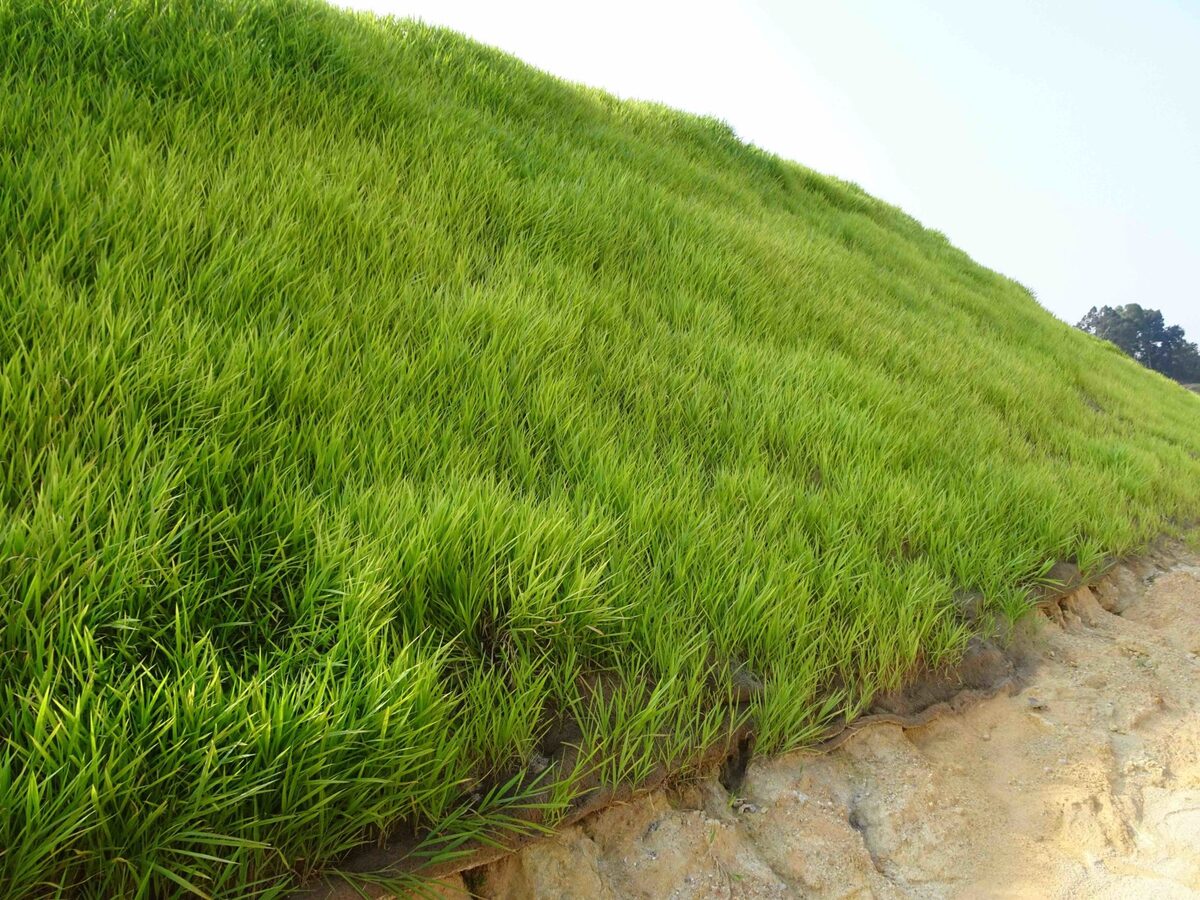

Landscaping Ideas
How Does Grass Prevent Soil Erosion
Modified: February 18, 2024
Learn how landscaping ideas such as grass can effectively prevent soil erosion. Discover the benefits of using grass for erosion control in your yard.
(Many of the links in this article redirect to a specific reviewed product. Your purchase of these products through affiliate links helps to generate commission for Storables.com, at no extra cost. Learn more)
Introduction
Soil erosion is a natural process that can be accelerated by human activities such as deforestation, overgrazing, and improper agricultural practices. It poses a significant threat to the environment, leading to the loss of fertile topsoil, reduced water quality, and increased sedimentation in water bodies. In combating soil erosion, one of nature's most effective allies is grass. The role of grass in preventing soil erosion is invaluable, as it not only stabilizes the soil but also enhances its fertility and structure.
Grass has been employed for centuries as a reliable and sustainable method of soil erosion control. Its extensive root system, dense foliage, and ability to thrive in various climates make it a versatile and effective tool in preserving the integrity of the land. Understanding the mechanisms by which grass protects soil and the different types of grasses suitable for erosion control is crucial for implementing successful erosion prevention strategies. By exploring the multifaceted relationship between grass and soil, we can gain a deeper appreciation for the vital role that grass plays in maintaining the health and stability of our environment.
Key Takeaways:
- Grass protects soil from erosion by anchoring the soil with its roots, reducing runoff, and enhancing soil fertility, making it a vital ally in preserving the environment’s health and stability.
- Different types of grass, such as cool-season, warm-season, native, ornamental, and legume-grass mixtures, offer unique characteristics for stabilizing soil and preventing erosion in various environments. Selecting the right grass is crucial for effective erosion control.
Read more: How Does Crop Rotation Prevent Soil Erosion
The Role of Grass in Preventing Soil Erosion
Grass serves as a natural barrier against soil erosion, playing a pivotal role in safeguarding the earth’s surface from the detrimental effects of wind and water. Its ability to anchor soil in place, reduce runoff, and promote water infiltration makes it an indispensable asset in erosion control. By forming a protective cover over the land, grass mitigates the impact of external forces, thereby preserving the integrity of the soil and fostering a conducive environment for plant growth.
One of the primary functions of grass in preventing soil erosion is its capacity to bind the soil together with its intricate network of roots. The dense and fibrous root system of grass plants intertwines with the soil, creating a cohesive matrix that effectively holds the earth in place. This anchoring action significantly reduces the likelihood of soil displacement, particularly in sloped areas where erosion is most prevalent. Furthermore, the presence of grass minimizes the erosive force of rainfall and runoff, as the foliage acts as a buffer, dispersing the energy of falling water and preventing it from directly impacting the soil surface.
Beyond its physical characteristics, grass also contributes to the enhancement of soil structure and fertility, further fortifying its role in erosion prevention. The organic matter produced by grass, including decaying roots and fallen leaves, enriches the soil, promoting microbial activity and improving its water retention capacity. This organic enrichment fosters the development of a stable soil structure, reducing the susceptibility of the land to erosion and promoting the sustained productivity of the ecosystem.
Grasslands, in particular, are renowned for their ability to maintain soil stability and prevent erosion over vast expanses of land. The intricate interplay between grasses and soil organisms within these ecosystems creates a harmonious balance that sustains the health of the soil and prevents erosion. By harnessing the innate qualities of grass, we can harness its potential to combat soil erosion and foster sustainable land management practices.
How Grass Protects Soil
Grass employs a multitude of mechanisms to protect soil from erosion, utilizing its physical structure, root system, and ecological interactions to safeguard the land from the erosive forces of nature. The protective capabilities of grass extend beyond its surface, delving into the intricate dynamics of the soil ecosystem to fortify its stability and resilience.
One of the primary ways in which grass shields soil from erosion is through its dense and fibrous root system. The extensive network of roots extends deep into the earth, effectively binding the soil particles together and anchoring them in place. This root matrix acts as a reinforcing mesh, preventing soil from being dislodged and carried away by water or wind. Additionally, the roots enhance soil porosity and promote water infiltration, reducing surface runoff and minimizing the impact of erosive forces.
Grass also plays a crucial role in intercepting rainfall and mitigating the erosive potential of water. The foliage of grass plants acts as a natural barrier, breaking the fall of raindrops and diffusing their energy as they reach the ground. This dispersal of kinetic energy minimizes the impact of rain on the soil surface, reducing the likelihood of detachment and transport. In sloped areas, where the risk of erosion is heightened, the presence of grass effectively attenuates the erosive power of runoff, curbing the loss of soil and preserving the topsoil layer.
Beyond its physical attributes, grass contributes to the enhancement of soil fertility and structure, further fortifying its protective role. The organic matter produced by grass, including decaying roots, fallen leaves, and rhizospheric exudates, enriches the soil, fostering the development of a stable soil structure and promoting microbial activity. This organic enrichment enhances soil aggregation, improving its resistance to erosion and enhancing its water retention capacity.
Furthermore, the intricate interplay between grasses and soil organisms within the rhizosphere fosters a dynamic ecosystem that contributes to soil protection. The symbiotic relationships between grass roots and soil microorganisms promote nutrient cycling, soil stabilization, and the suppression of pathogens, bolstering the overall resilience of the soil ecosystem against erosive forces.
By harnessing these inherent protective mechanisms, grass acts as a formidable guardian of the soil, preserving its integrity and fertility while mitigating the impact of erosion. Understanding the multifaceted ways in which grass protects soil is essential for implementing effective erosion control strategies and promoting sustainable land management practices.
Grass prevents soil erosion by creating a dense network of roots that hold the soil in place. Planting grass in areas prone to erosion can help stabilize the soil and prevent it from being washed away by water or blown away by wind.
Types of Grasses for Soil Erosion Control
When it comes to soil erosion control, selecting the right type of grass is crucial for achieving optimal results. Different grass species offer unique characteristics that make them well-suited for stabilizing soil and preventing erosion in various environments. Understanding the diverse attributes of these grasses is essential for implementing effective erosion control measures tailored to specific soil and climate conditions.
1. Cool-Season Grasses: Cool-season grasses, such as Kentucky bluegrass, fescue, and ryegrass, thrive in regions with moderate temperatures and are well-suited for erosion control in cooler climates. These grasses establish strong root systems and provide dense ground cover, effectively stabilizing soil and minimizing erosion, particularly during the colder months when warm-season grasses are dormant.
2. Warm-Season Grasses: In warmer climates, warm-season grasses like Bermuda grass, zoysia grass, and buffalo grass are excellent choices for erosion control. These grasses exhibit rapid growth during the summer months, forming extensive root networks and dense foliage that offer robust protection against soil erosion, especially in areas with high temperatures and intense sunlight.
3. Native Grasses: Native grass species are well-adapted to the specific soil and climate conditions of their indigenous regions, making them valuable assets for soil erosion control. Native grasses, such as switchgrass, big bluestem, and Indian grass, have evolved to thrive in their respective ecosystems, offering unparalleled resilience and erosion-fighting capabilities when utilized in restoration and conservation projects.
4. Ornamental Grasses: Ornamental grasses, such as fountain grass, maiden grass, and pampas grass, not only enhance the aesthetic appeal of landscapes but also serve as effective erosion control agents. These grasses feature ornate foliage and robust root systems, making them suitable for stabilizing soil in landscaping and horticultural settings while providing erosion protection with a touch of visual elegance.
5. Legume-Grass Mixtures: Combining grasses with leguminous plants, such as clover and alfalfa, offers a synergistic approach to soil erosion control. Legumes contribute nitrogen fixation and organic matter to the soil, enhancing its fertility and structure, while the grasses provide physical protection and stability, creating a balanced and sustainable erosion control solution.
By leveraging the diverse attributes of these grass types, land managers, conservationists, and homeowners can implement tailored erosion control strategies that harness the unique strengths of each grass species. Whether in agricultural landscapes, residential yards, or natural habitats, the selection of appropriate grasses plays a pivotal role in preserving the integrity of the soil and combating the pervasive threat of erosion.
Best Practices for Using Grass to Prevent Soil Erosion
Implementing grass-based erosion control measures involves a combination of strategic planning, proper maintenance, and thoughtful integration of grasses into the landscape. By adhering to best practices for utilizing grass to prevent soil erosion, land managers and property owners can maximize the effectiveness of erosion control efforts while promoting the sustainable management of natural resources.
1. Site Assessment: Conduct a thorough assessment of the site to identify areas vulnerable to erosion, taking into account factors such as slope, soil type, and water flow patterns. This evaluation will inform the selection of suitable grass species and the implementation of targeted erosion control strategies tailored to the specific characteristics of the landscape.
2. Grass Selection: Choose grass species that are well-adapted to the local climate and soil conditions, ensuring that they possess the necessary attributes for effective erosion control. Consider factors such as root depth, growth habit, and tolerance to environmental stressors when selecting grass varieties for erosion prevention.
3. Proper Planting Techniques: Employ appropriate planting techniques, such as seeding, sodding, or transplanting, to establish grass cover effectively. Ensure proper seed-to-soil contact, adequate moisture, and optimal planting depth to promote successful germination and root development, laying a solid foundation for erosion control.
4. Maintenance Regimen: Implement a comprehensive maintenance regimen that includes regular mowing, irrigation, and fertilization to sustain the health and vigor of the grass cover. Proper maintenance promotes dense foliage and robust root systems, enhancing the erosion-fighting capabilities of the grass and prolonging its effectiveness in preventing soil erosion.
5. Vegetative Buffer Strips: Utilize grassy buffer strips along water bodies, slopes, and agricultural fields to intercept runoff, reduce sedimentation, and minimize the impact of erosive forces. These vegetative buffers act as natural filters, trapping sediment and pollutants while stabilizing the soil and protecting water quality.
6. Integration with Landscaping: Integrate erosion-resistant grasses into landscaping designs, horticultural settings, and urban green spaces to enhance the aesthetic appeal of the environment while providing effective erosion control. Incorporating ornamental and native grasses into the landscape fosters a harmonious balance between functionality and visual allure.
7. Conservation Tillage: Implement conservation tillage practices that involve minimal soil disturbance and the retention of crop residues to preserve soil structure and minimize erosion. Integrating grass cover crops into conservation tillage systems enhances soil stability and reduces the risk of erosion in agricultural landscapes.
By embracing these best practices for utilizing grass to prevent soil erosion, individuals and organizations can harness the protective potential of grasses to safeguard the land from erosion while promoting sustainable land management practices. Through strategic planning, diligent maintenance, and thoughtful integration, grass becomes a powerful ally in the ongoing battle against soil erosion, contributing to the preservation of soil fertility and the resilience of natural ecosystems.
Read more: How Does Construction Cause Soil Erosion
Conclusion
Grass stands as a formidable guardian of the earth, wielding its innate capabilities to protect soil from the relentless forces of erosion. Through its intricate root systems, dense foliage, and ecological interactions, grass plays a pivotal role in preserving the integrity of the land, fostering sustainable ecosystems, and mitigating the pervasive threat of soil erosion. By understanding the multifaceted relationship between grass and soil, we can harness the protective potential of grass to combat erosion and promote the sustainable management of natural resources.
From the sprawling grasslands to the manicured lawns of residential landscapes, the impact of grass in preventing soil erosion reverberates across diverse environments, offering a resilient shield against the erosive forces of wind and water. The role of grass in stabilizing soil, enhancing its fertility, and promoting water infiltration underscores its invaluable contribution to the preservation of natural ecosystems and the sustainability of agricultural landscapes.
As we navigate the complexities of land management and environmental conservation, the selection of appropriate grass species, the implementation of targeted erosion control strategies, and the integration of grass into diverse landscapes emerge as crucial considerations. By embracing best practices for utilizing grass to prevent soil erosion, we can harness the protective potential of grasses to safeguard the land from erosion while promoting sustainable land management practices.
In the ongoing quest to combat soil erosion and preserve the vitality of the earth, grass emerges as a steadfast ally, offering a natural and effective solution to the pervasive challenge of erosion control. By recognizing and harnessing the protective potential of grass, we can nurture resilient ecosystems, promote sustainable agriculture, and preserve the fundamental resource that sustains life: the soil.
Through the harmonious interplay between grass and soil, we embark on a journey toward a future where the land remains steadfast and unyielding against the erosive forces of nature, ensuring the continued prosperity and vitality of our planet for generations to come.
Frequently Asked Questions about How Does Grass Prevent Soil Erosion
Was this page helpful?
At Storables.com, we guarantee accurate and reliable information. Our content, validated by Expert Board Contributors, is crafted following stringent Editorial Policies. We're committed to providing you with well-researched, expert-backed insights for all your informational needs.
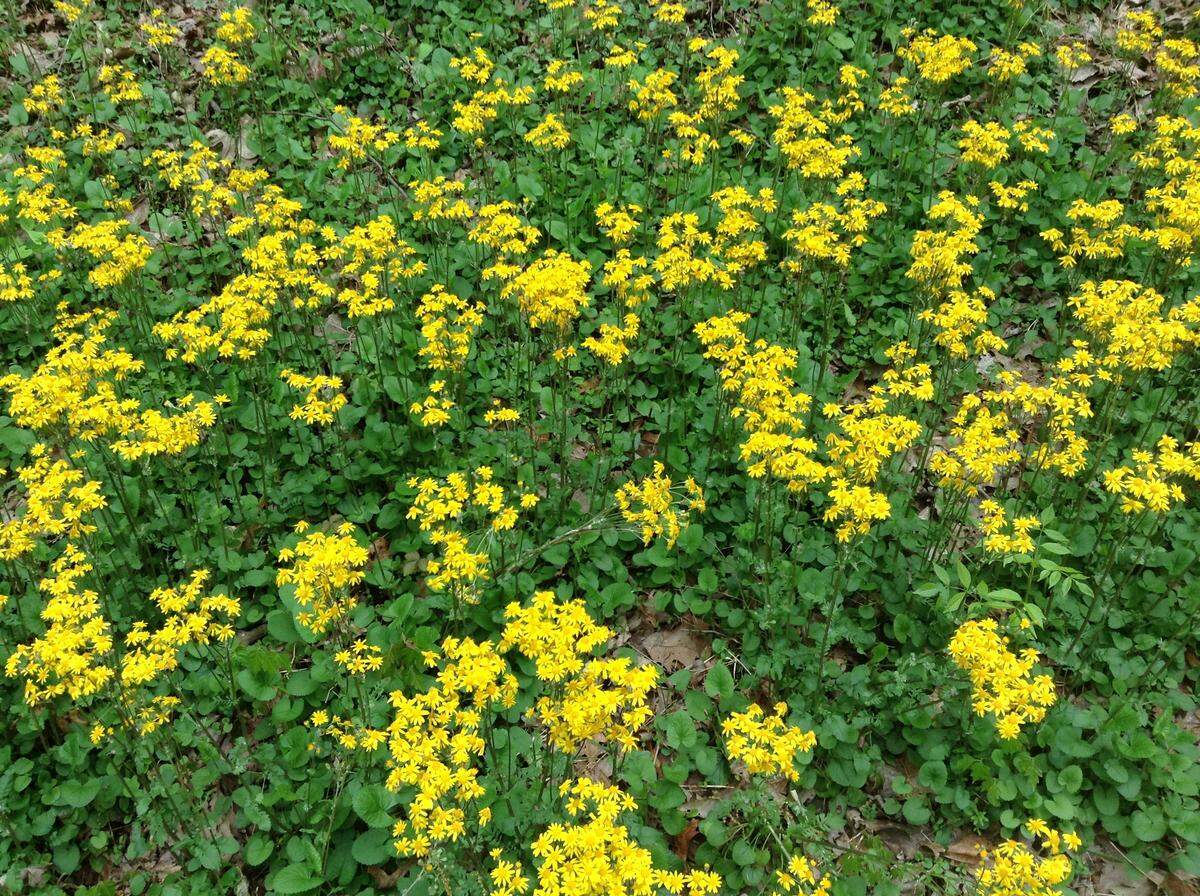
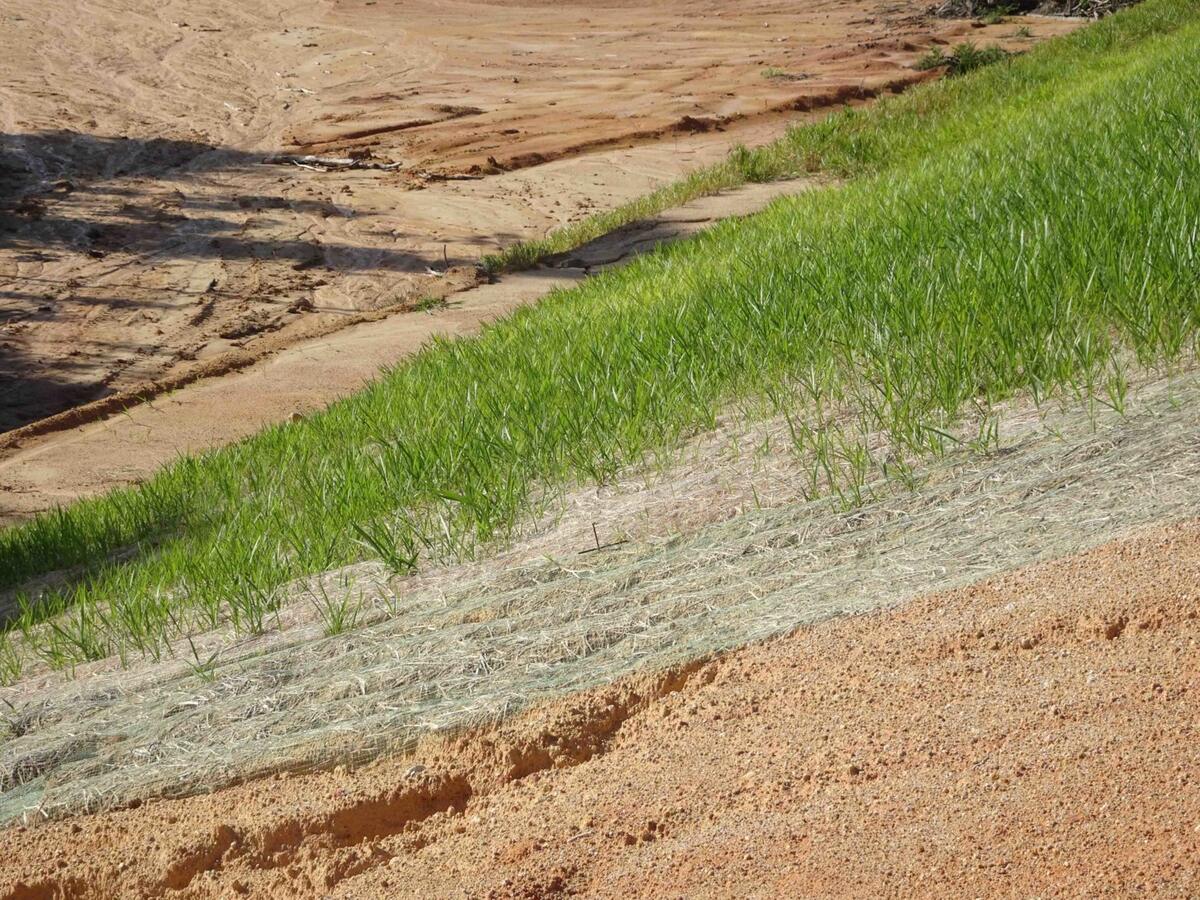
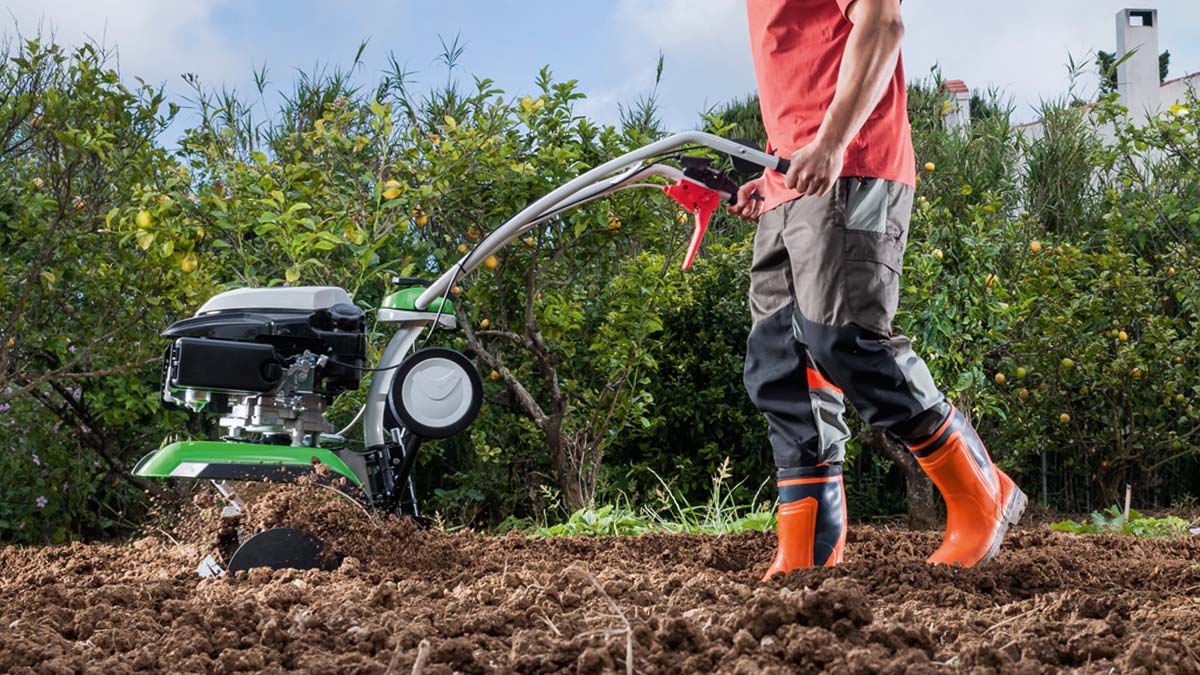
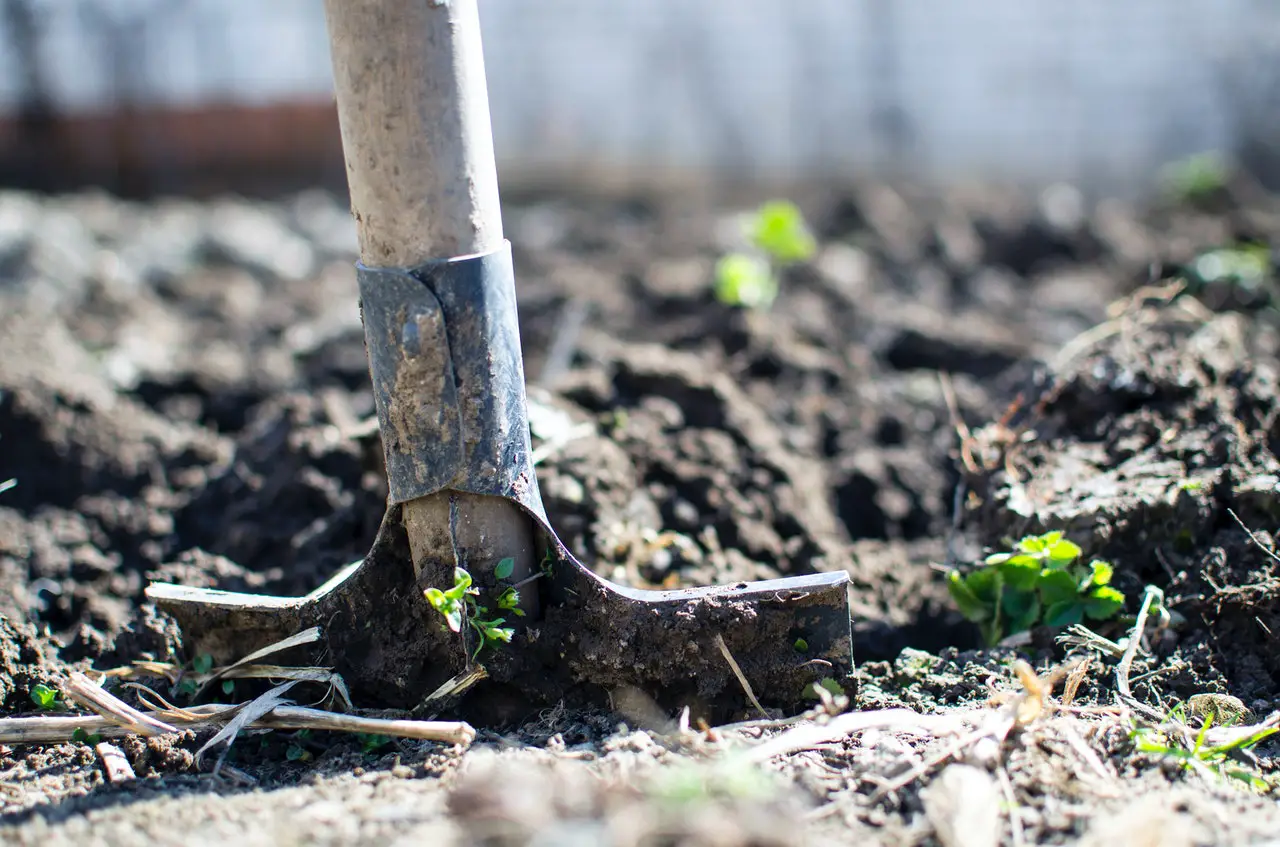
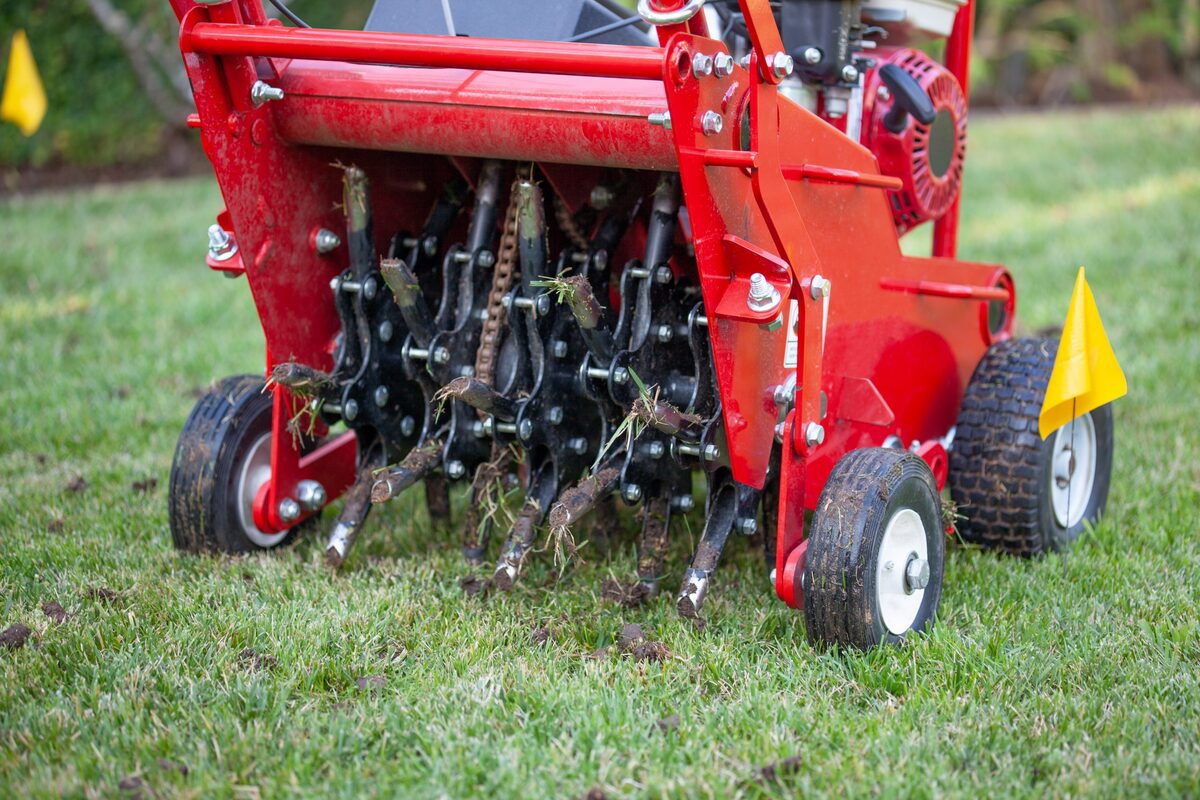
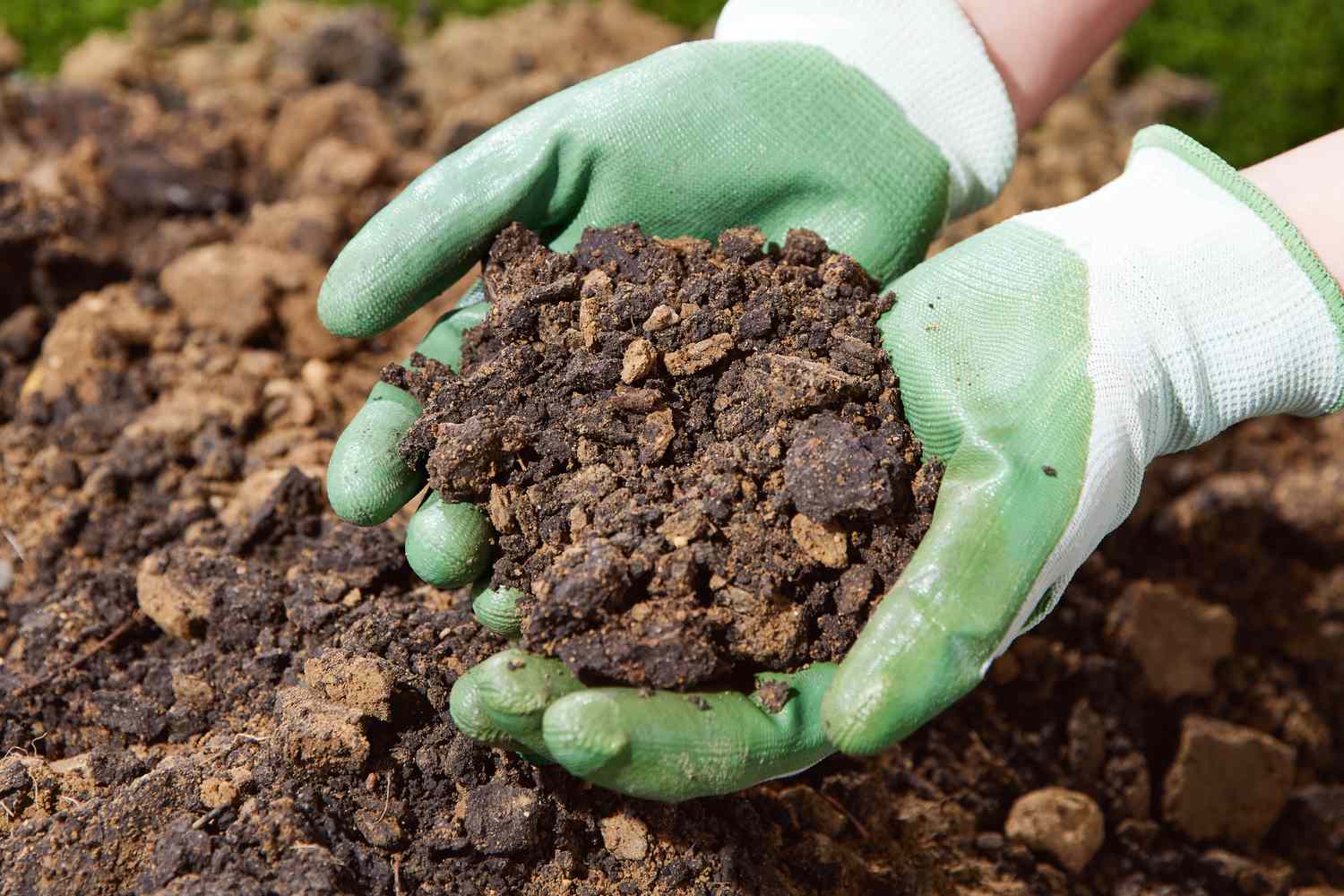
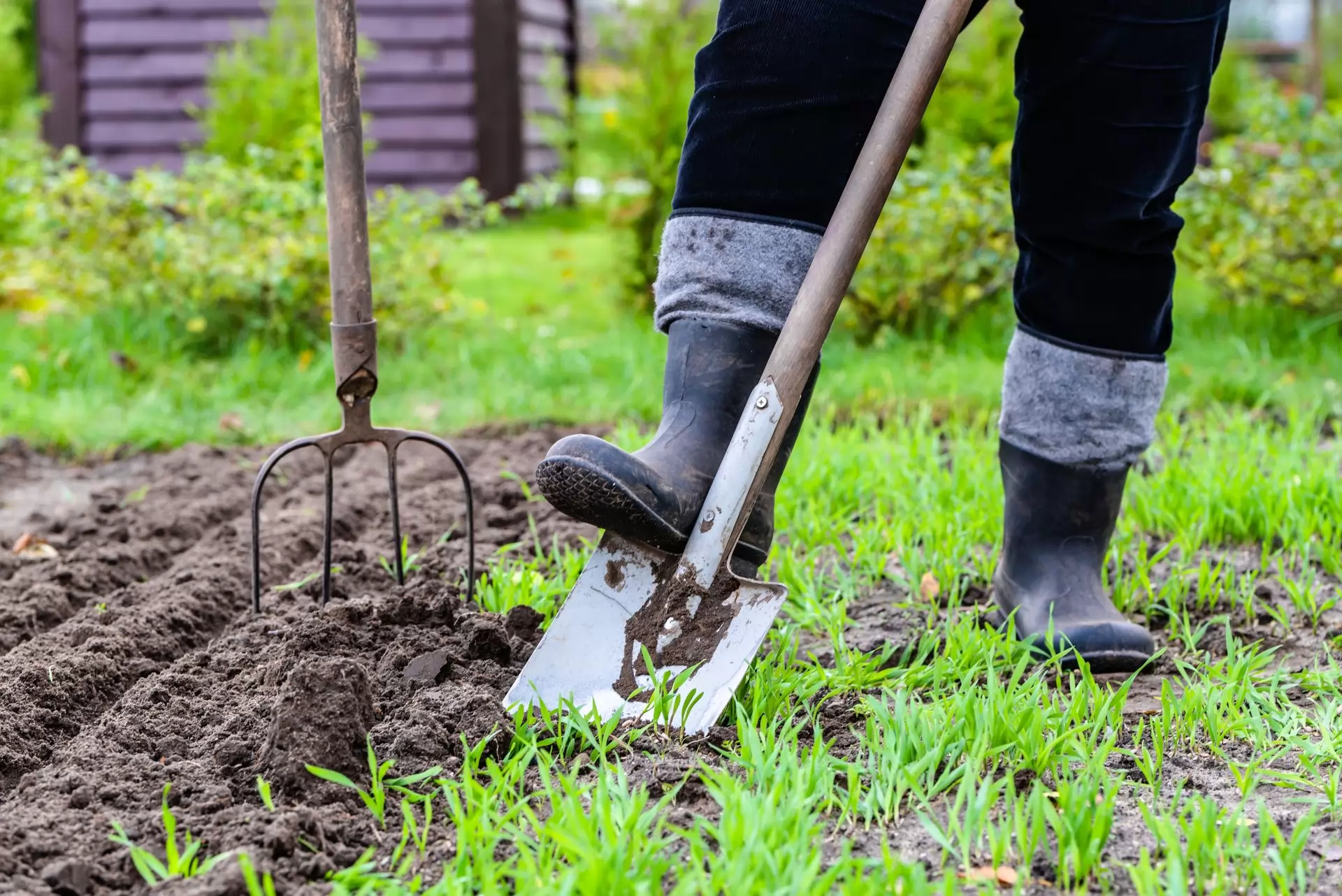
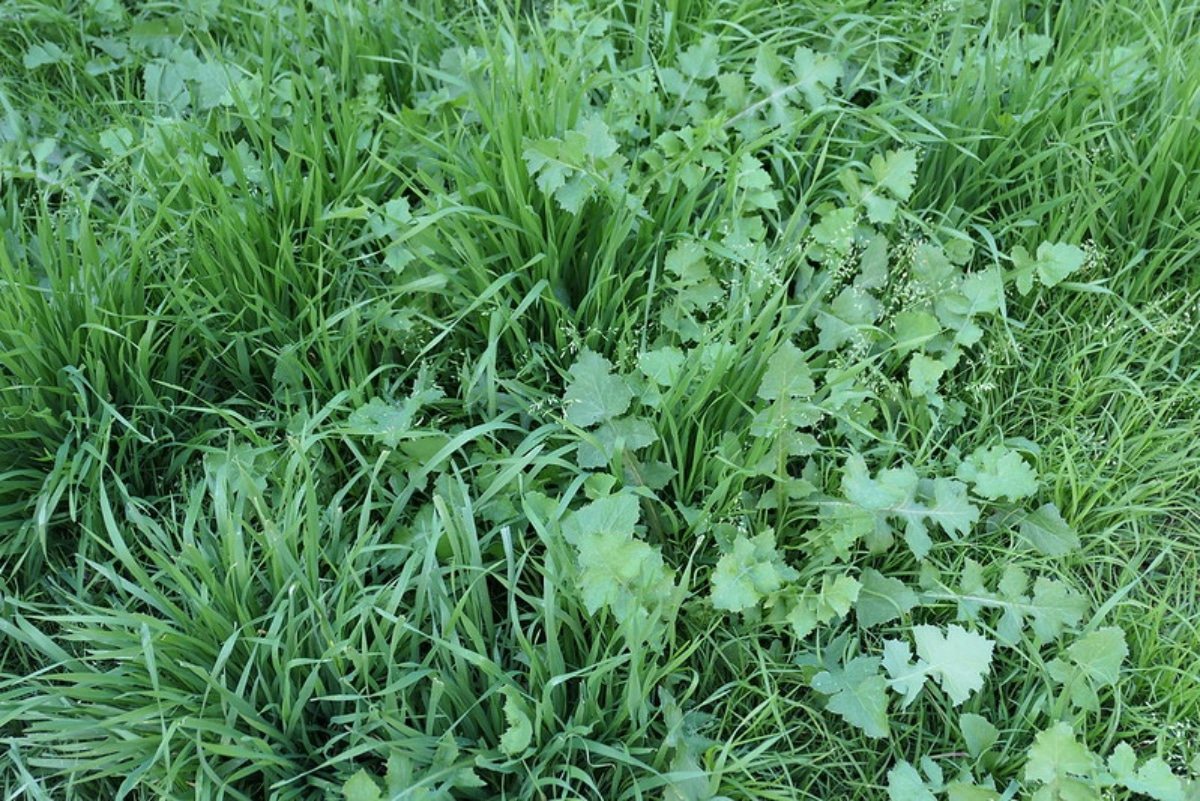
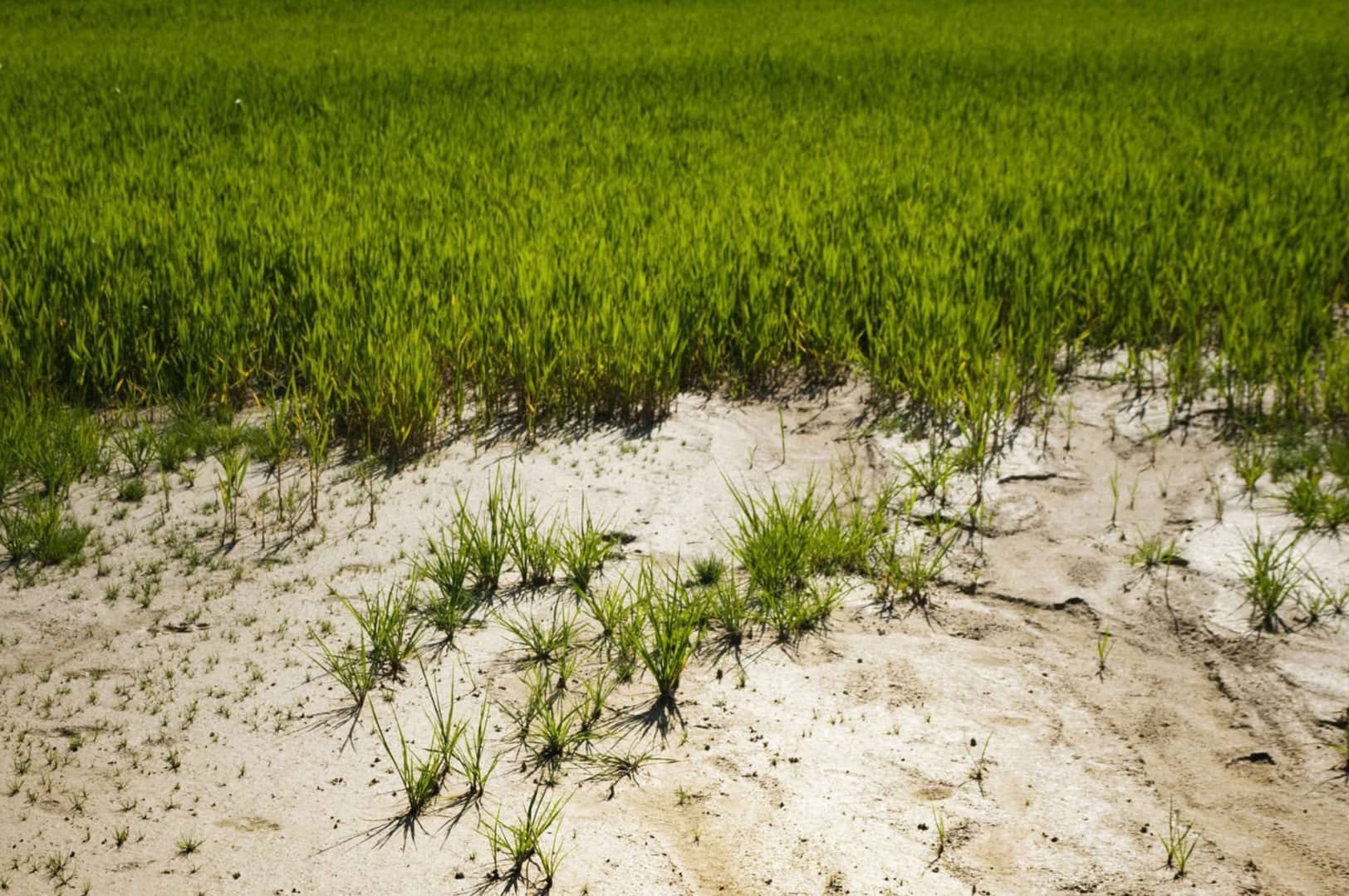
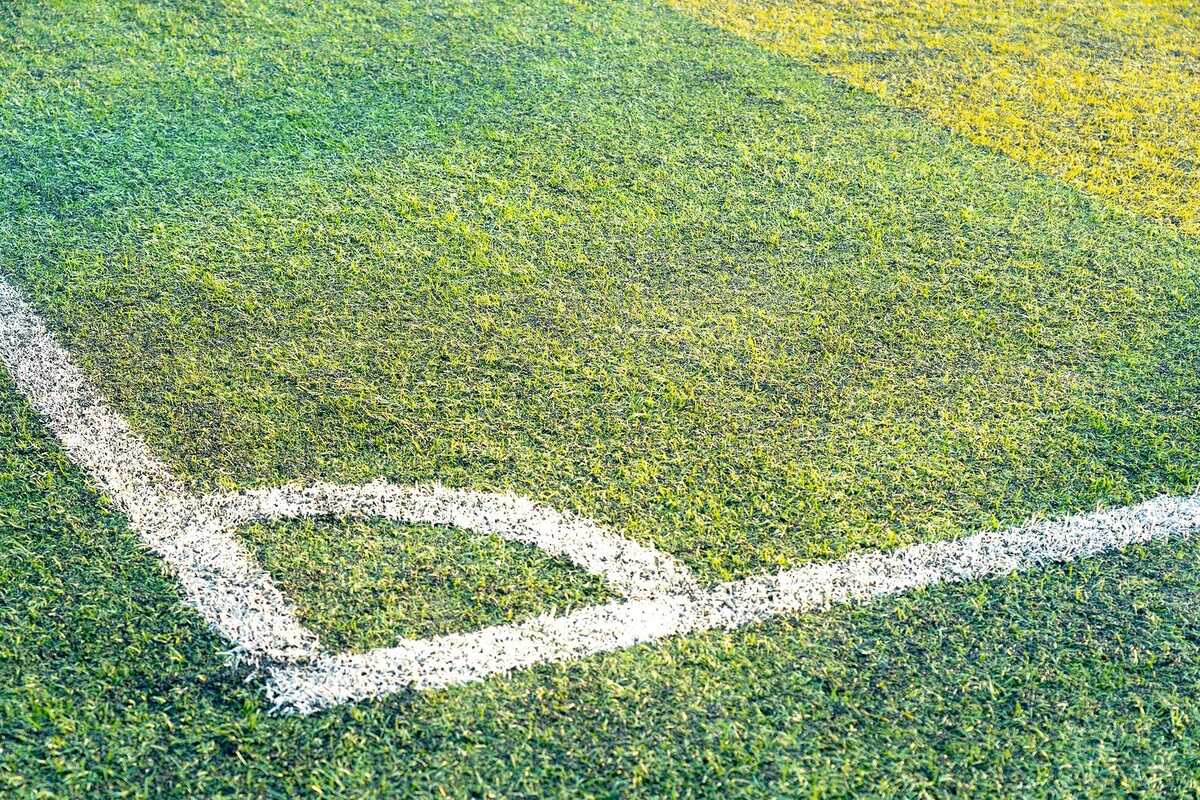
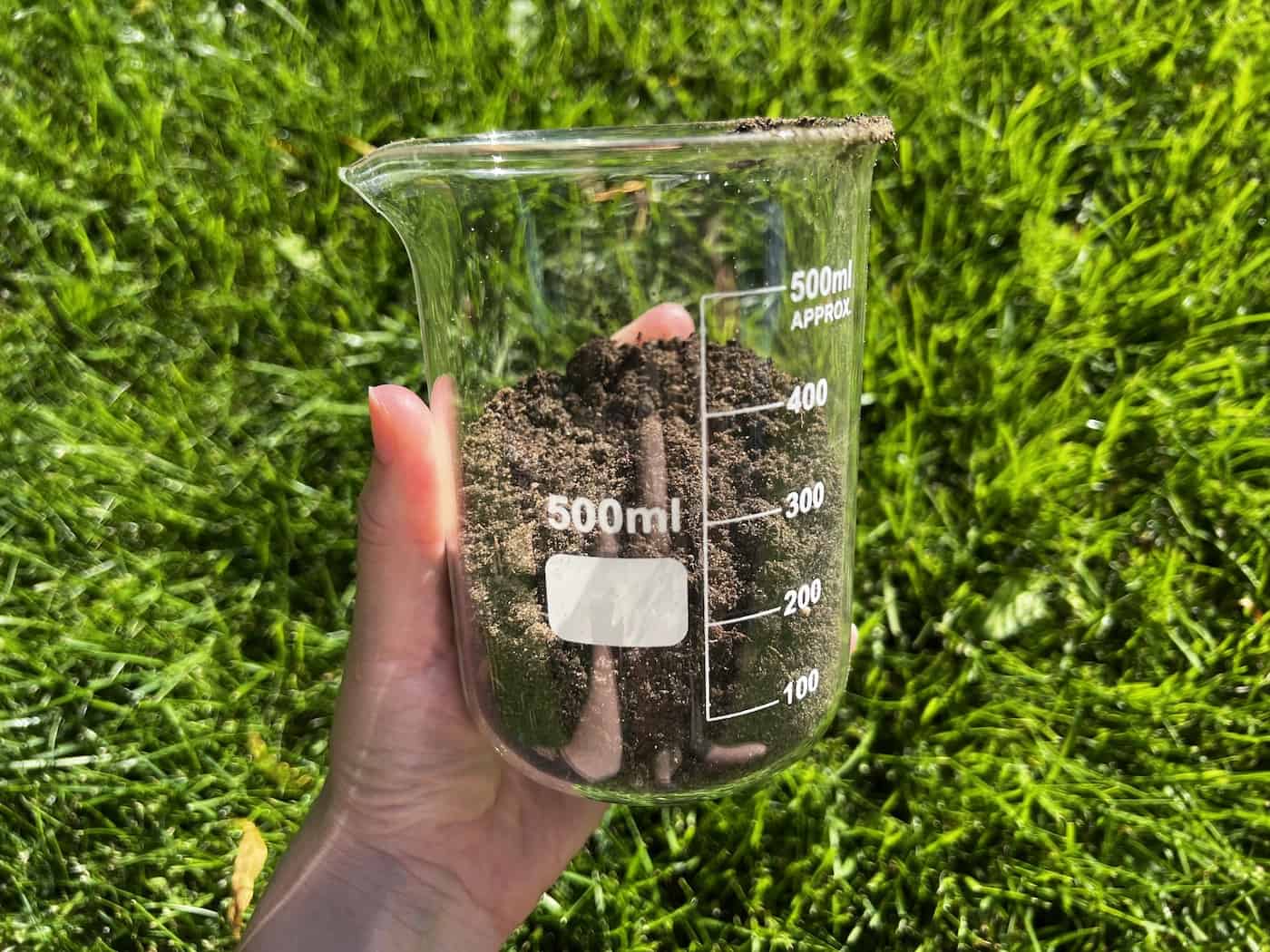
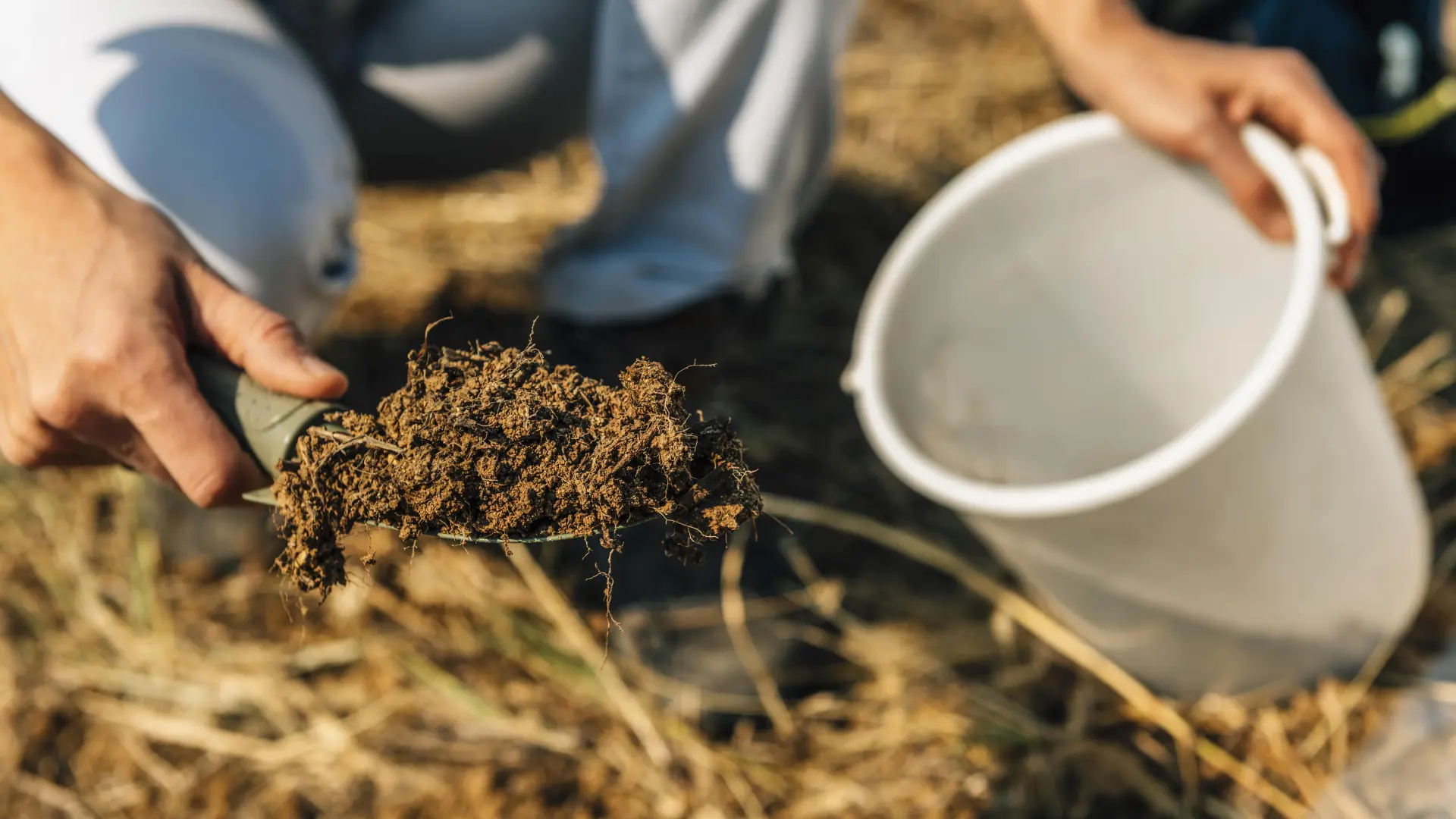
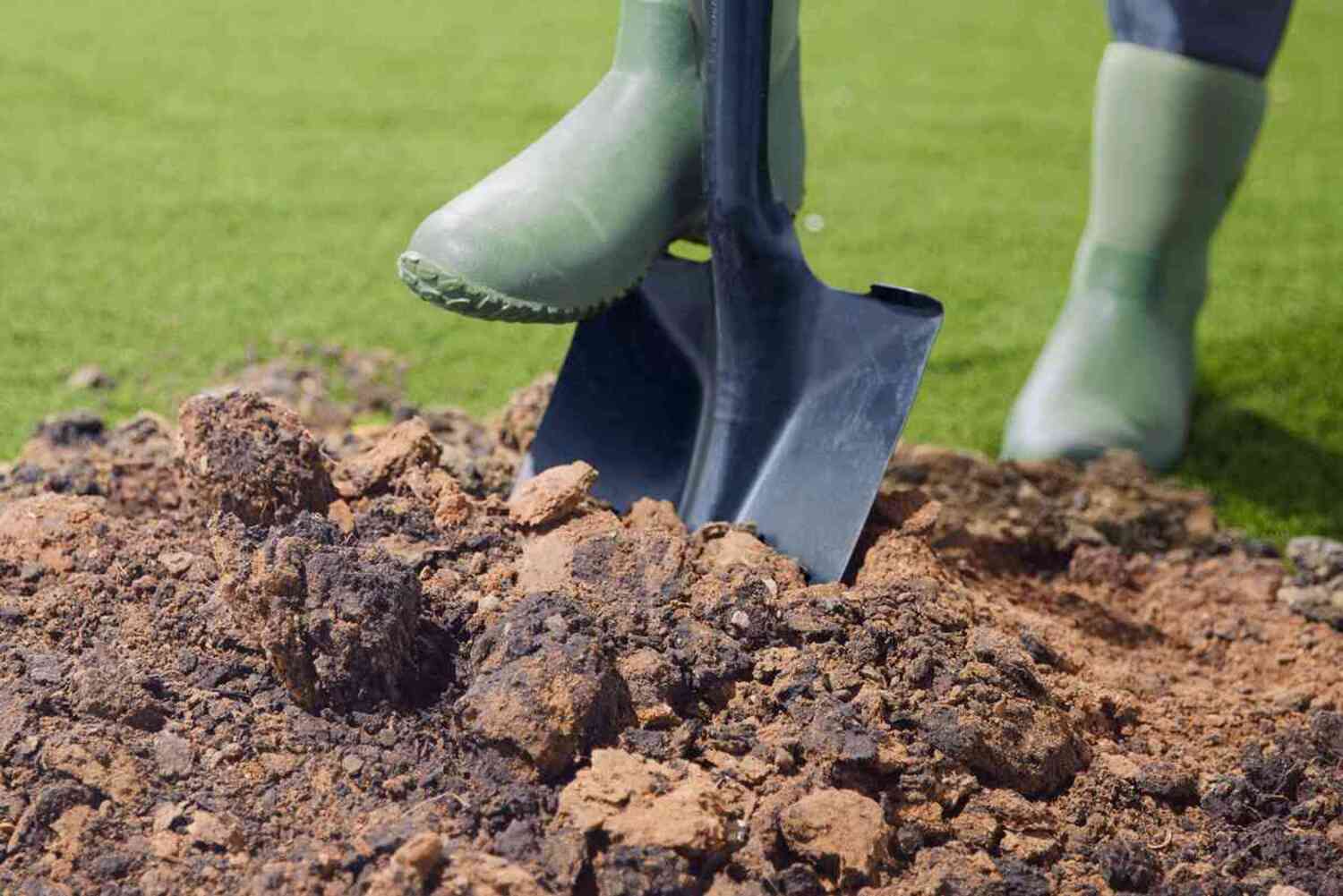
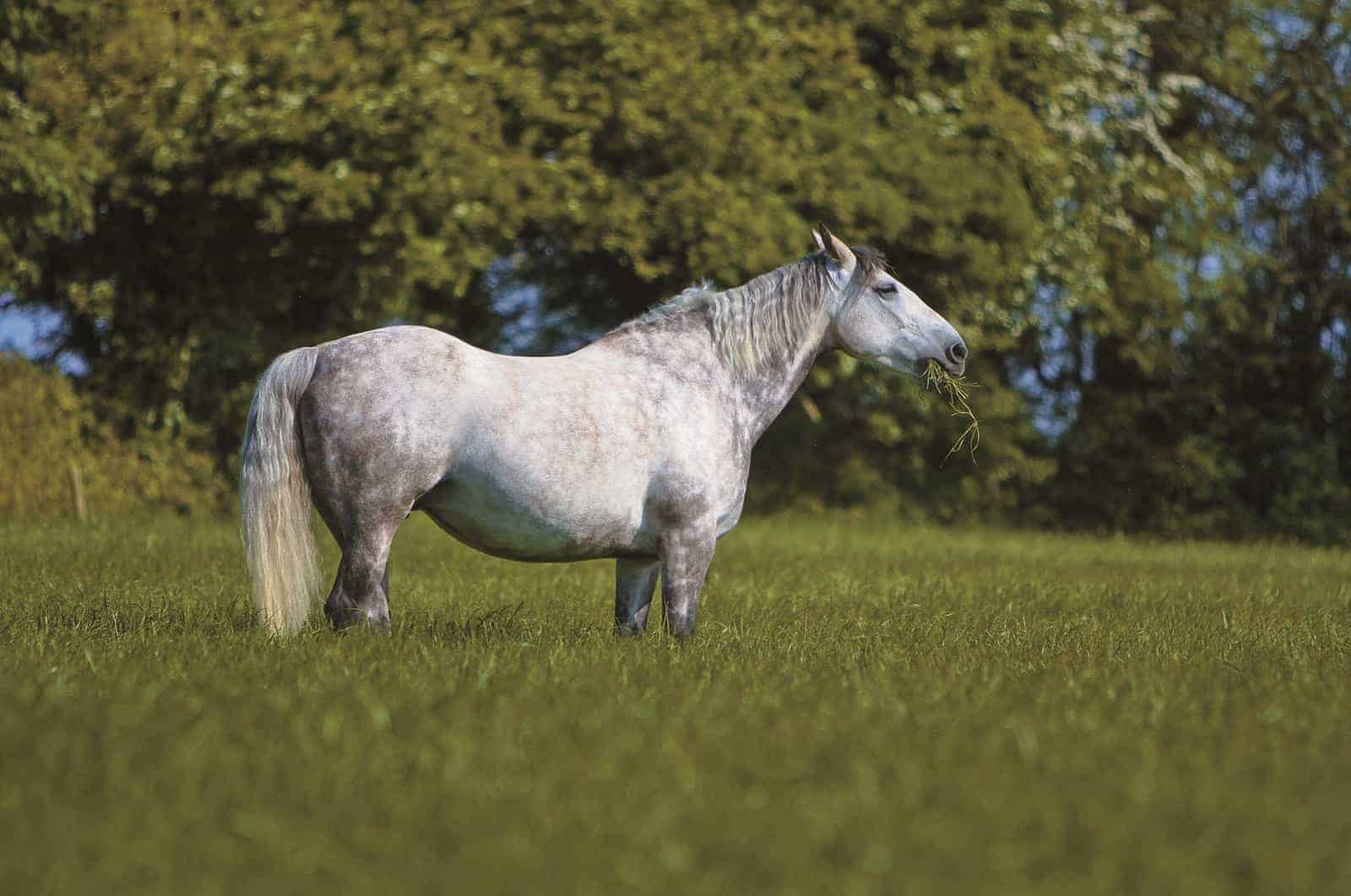

0 thoughts on “How Does Grass Prevent Soil Erosion”